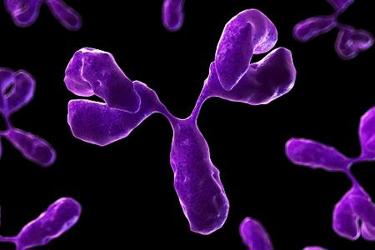Intensifying A mAb Polishing Platform - Targeting Time, Cost, And Space Efficiency
By Sanket Jadhav, Ganesh Kumar, Buwadas Raut, Harshita Londhe, and Abijar Bhori

The increasing utilization of highly efficient cell lines and optimized upstream processes continues to raise upstream mAb titers, amplifying chromatography operation inefficiencies. There is widespread consensus that process intensification offers the most effective solution to solve challenges related to low productivity, high resin costs, extended process timelines, and large facility footprint. Traditional process owners, innovators, and CDMOs often assume that implementing process intensification approaches means incurring inherent risks as a result of significant process changes, reconfigured manufacturing setups, and substantial investments. This concern is unsurprising, given the rigid processes of large biopharmaceutical companies constrained by regulatory approvals, as well as the financial constraints faced by small biopharma companies and start-ups necessitating a cost-oriented approach to process development.
Here, we introduce a collaborative platform that was established by Sartorius in partnership with Enzene Biosciences Ltd. This simple process development study demonstrates how a mAb purification batch process can be converted into a stepwise intensified batch process using Sartobind® Q and CMM HyperCel™. This approach successfully eliminates intermediate steps and achieves more than 13% cost reductions at the polishing and secondary purification steps.
Get unlimited access to:
Enter your credentials below to log in. Not yet a member of Bioprocess Online? Subscribe today.
